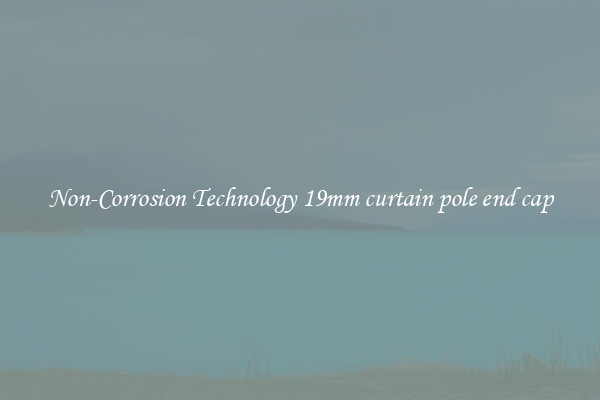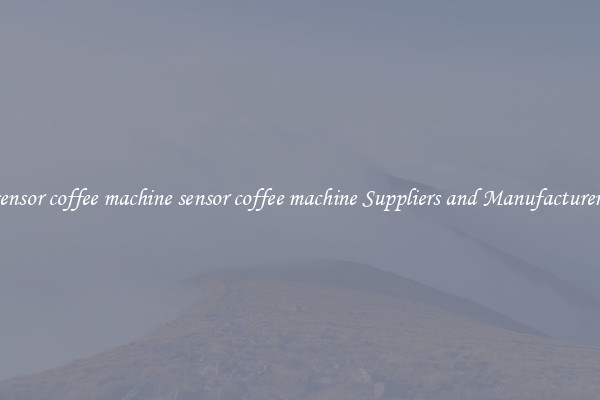Fiber Optic Equipment
Fiber Optic Equipment: The Future of Communication

In today's digital age, where information travels faster than ever, fiber optic equipment has become a vital component of our communication infrastructure. With its ability to transmit vast amounts of data at the speed of light, fiber optic technology has revolutionized the way we connect with the world.
Fiber optic cables, made of thin strands of glass or plastic, are at the heart of this technology. These strands act as conduits to transmit data in the form of pulses of light. This method of transmission offers several advantages over traditional copper-based systems.
One of the key benefits of fiber optic equipment is its incredible speed and bandwidth capabilities. Compared to copper cables, fiber optics can transmit data at much higher speeds, resulting in faster internet connections and high-quality video streaming. This speed advantage is particularly crucial as we continue to demand higher bandwidth for activities like online gaming, cloud computing, and video conferencing.
Additionally, fiber optic equipment provides superior signal quality and reliability. Unlike copper cables, fiber optic cables are resistant to electromagnetic interference, ensuring a stable and uninterrupted connection. This resilience makes fiber optic networks more reliable, especially in areas susceptible to interference, such as industrial environments or regions with high electrical activity.
Furthermore, fiber optic equipment offers longer transmission distances without signal degradation. While copper cables have limitations on how far they can transmit data before requiring signal boosting equipment, fiber optic cables can carry signals for miles without any loss in quality. This advantage makes fiber optics an ideal choice for long-distance communication, such as submarine cables connecting continents or intercontinental data centers.
Another important aspect of fiber optic equipment is its scalability. As our need for data continues to grow exponentially, fiber optics can easily accommodate this demand by supporting higher data rates and transferring more data simultaneously. This scalability ensures that fiber optic networks will remain relevant and efficient even as technology advances in the future.
The adoption of fiber optic equipment has already transformed various industries. Today, it plays a crucial role in sectors such as telecommunications, healthcare, transportation, and broadcasting. In telecommunications, fiber optics enable faster internet connections and facilitate the expansion of 5G networks. In healthcare, it enables high-speed and high-definition medical imaging, telemedicine, and remote diagnostics. In transportation, fiber optics contribute to smoother operations in systems like traffic management and railway signaling. In broadcasting, it enables the delivery of high-quality audio and video content to viewers around the world.
In conclusion, fiber optic equipment is revolutionizing the way we communicate. Its incredible speed, bandwidth capabilities, reliability, and scalability make it a critical component of our digital infrastructure. As technology continues to advance, fiber optics will be at the forefront, enabling us to connect, work, and communicate in ways we never thought possible.

View details

View details

View details

View details








